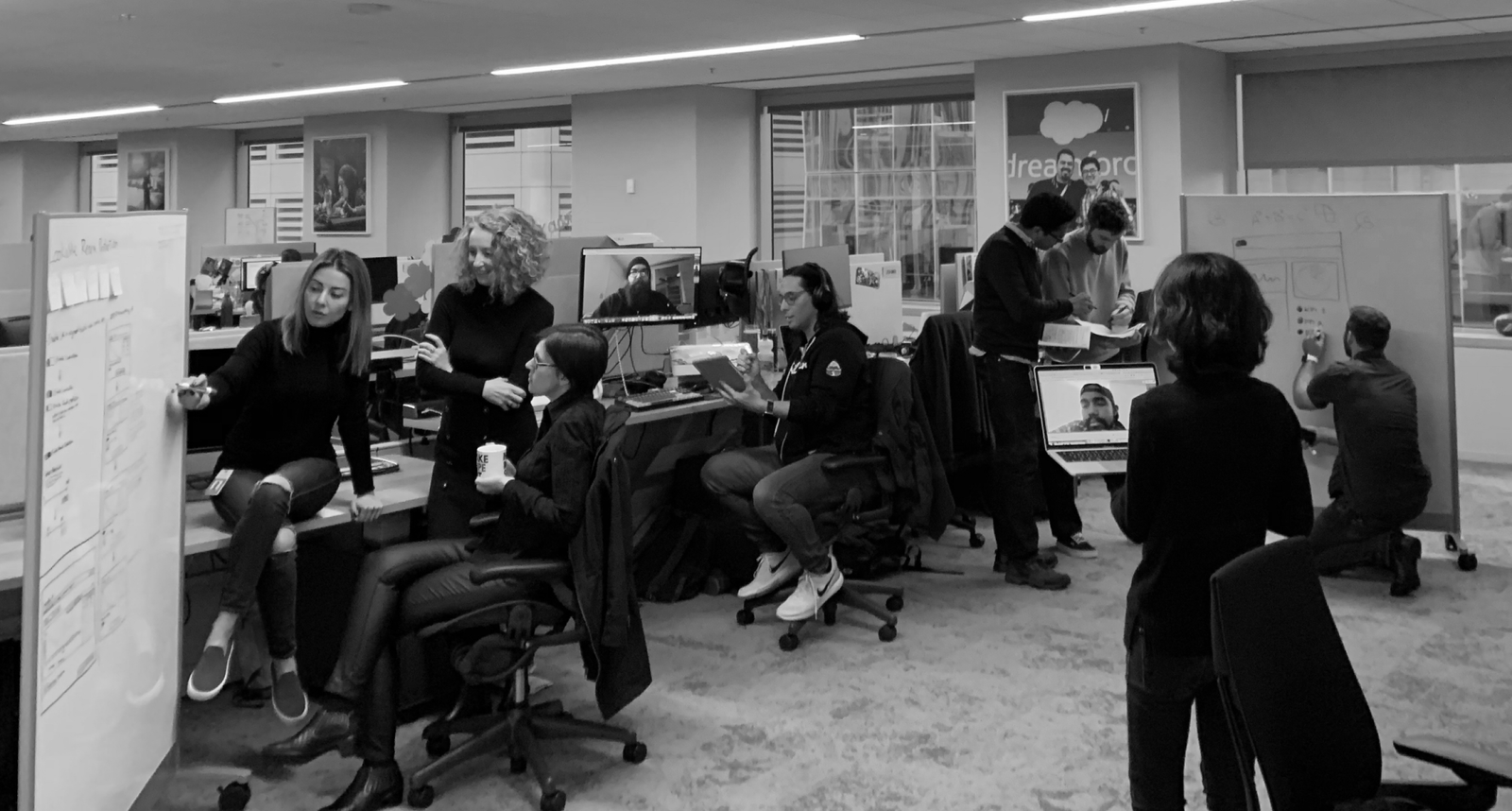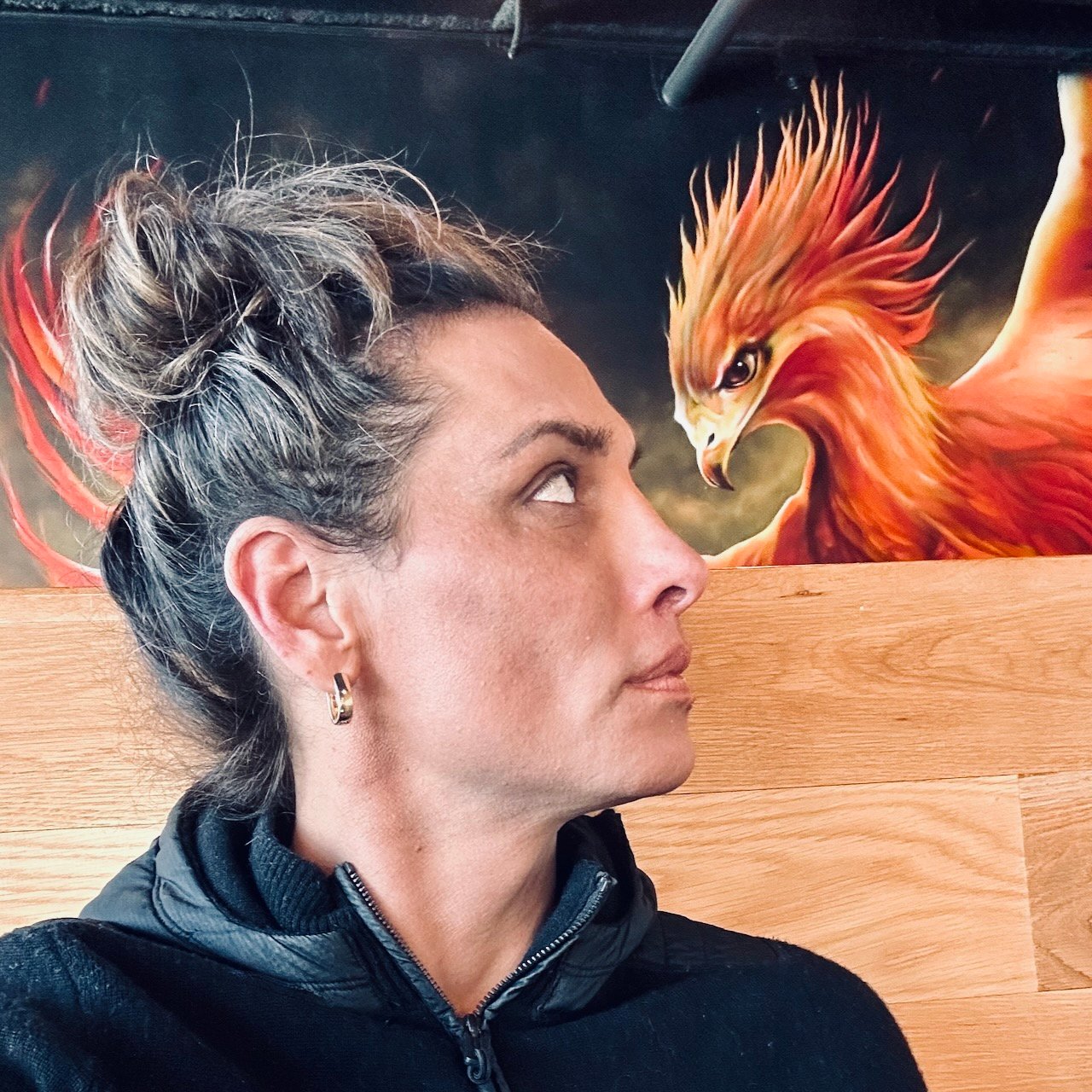Design & Creative Leadership
Driving Innovation through Collaboration, Flexibility, and PerseveranceActions over Org Charts
I believe that leadership is not a byproduct of job title or seniority. Rather, it is demonstrated by applying expertise and judgment to take action that shapes outcomes, not merely reacting to external forces.
The choices we make — how to allocate our time and attention, the ways we contribute to a team, meeting, project, or culture – and the way we work determine leadership. Throughout my career and regardless of seniority level, as a designer or director, I always strive to lead with curiosity, empathy, perseverance, and the quality of my work.
Constant Growth
Through the course of my design career, as my responsibilities have grown, I’ve also grown my knowledge, expertise, and sense of humility. Years of experience grinding out deliverables opened doors to larger, more strategically significant projects and roles. I’ve had the opportunity to design and envision key components of major product suites and to take part in the genesis, gestation, and launch of entirely new platforms. And still I remain committed to the value of seemingly small details.
Humility, Partnership, Perseverance
Through all this, my outlook on design – how to start, how to drive sustained effort, how to bring people together to find buildable, innovative solutions – is constantly evolving. But some principles stand the test of time.
Prioritizing customers’ needs while remembering to avoid the distractions of dazzling technology demos or product org charts will always be valuable, as will the magic of collaboration and perseverance. These are essential aspects of any successful design culture. And yet, there are countless variables, personalities, market factors, and emerging technologies that demand an approach that remains flexible and open to change.

Design as a leadership tool
As a designer and creative leader, I’ve built everything from products and experiences for consumer, finance, and enterprise customers to UX teams, events, programs, and partnerships. I’ve helped build small startups and UX teams at large consumer and enterprise companies, thriving in a variety of environments and roles. But always at the center is my enthusiasm for design and the joy I find in building things with great teammates.
As my role evolved from building products to developing teams and culture, I’ve learned to apply the same tools that help designers do great work, to the role of director.
Applying a designer’s mindset to leadership
Many methods designers use to build great solutions are well-suited to managing and building UX teams and culture.
- Start with an open mind
- Apply user-centric methods and research to identify pain points and customer priorities
- Bring together stakeholders from various teams
- Develop a shared understanding of the essence of the challenge
- Explore various potential solutions
- Build long-term and short-term roadmaps
- Align resources for the greatest impact
- Move quickly and take decisive action
- Assess impacts and be willing to make changes
Each of these bullet points are equally useful in both design and organizational leadership, including hiring and team and process development.
As a manager, I bring the same passion for product design to building and nurturing teams of empowered and motivated designers. I aspire to set challenging yet attainable goals to create the thoughtful, delightful products our customers crave.
In any case, establishing a well-defined mission is elemental, as is clear communication of roles and goals to my team and partners. And the ultimate measure of success is how things turn out in the real world.
Building teams and culture
Leaders can flourish by empowering designers. Skilled and dedicated people can build strong relationships and apply their abilities to explore big challenges and generate great designs. As a director with a long track record of being a practitioner, I am active in the design feedback process, diving deep into the details while making sure I give designers the freedom to explore and use their own creativity to do their work.
My greatest satisfaction has always come from bringing together teams of diverse perspectives, backgrounds, and roles to explore complex design challenges. It’s not always easy (or successful) but it is always gratifying to do the work and fight for great outcomes that will improve the lives of our customers.
Leveraging modern paradigms
Modern design tools include design systems and rapid ideation and prototyping workflows. Collaborative software like Figma enables far more agile methods and swifter timelines. There’s no substitute for a quick prototype to evaluate design ideas. Great tools and teams that value rapid ideation and execution are key to creating value and getting great solutions to market.
Building trust in UX
I believe investing in design is essential. But it often takes time to establish the confidence and recognition across other groups to share that perspective, and so designers and leaders need to ensure design teams find ways to reinforce and communicate the value we bring. This can be seen when a culture of partnership, where engineers and product managers see their ideas move rapidly from whiteboard to compelling click-model or prototype. Or during product demos, when the UX team has delivered UIs with exciting and compelling experiences that inspire teams to build world-class software.
Bringing it together
All of these pillars are based on a culture of collaboration among UX, product, and engineering teams. Establishing shared priorities and aligned processes with key partners is essential to creating and multiplying the value that each leg of the organization creates.
The Road Ahead
After nine rewarding years at Salesforce building innovative, complex tools leveraging AI and big data to enable automation, personalization, and marketing tools for enterprise customers, I’m now driven to find a role with an organization on a mission to bring positive impact to the world through its business. Many paths, problems, and industries meet this aim, and I am open to different ways I might play a role. But along with finding a great fit for my skills and talents, it is clear to me that the best way to make an impact is with a company where I feel strongly aligned with the mission.
Thoughtful experiences for complex design challenges
See case studies that offer a taste of the projects I’ve designed and directed at Salesforce and Bank of America.

